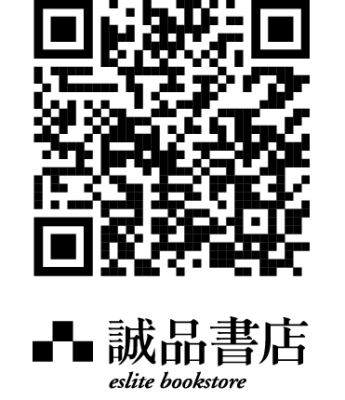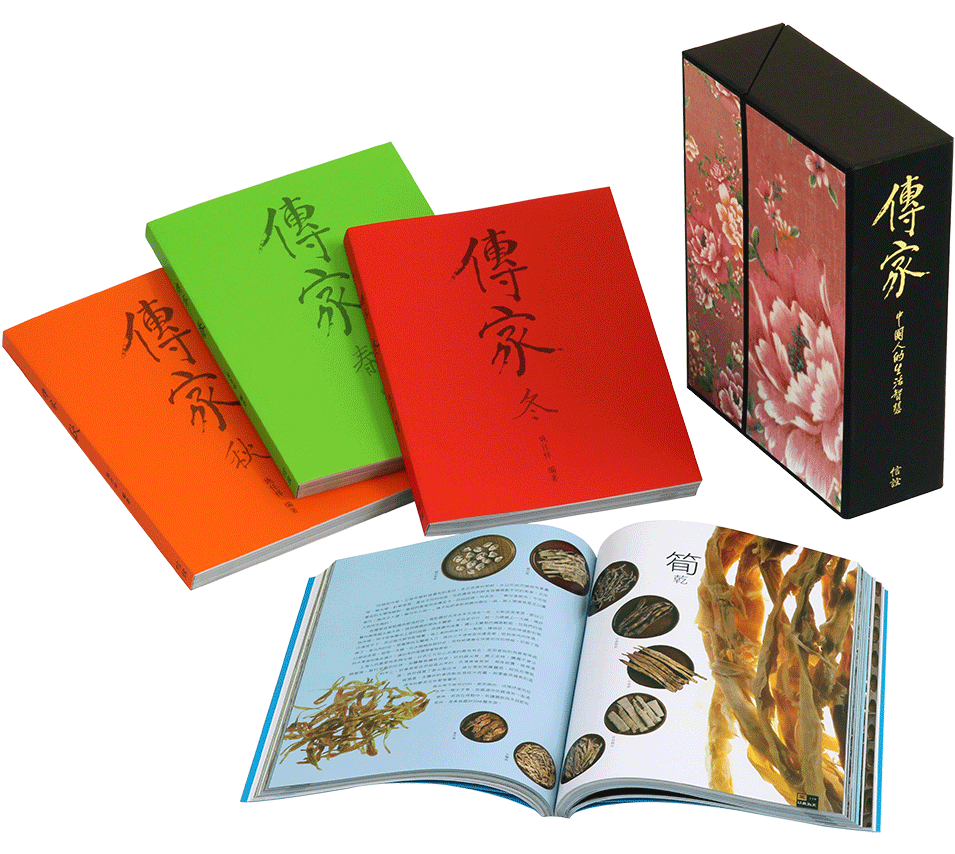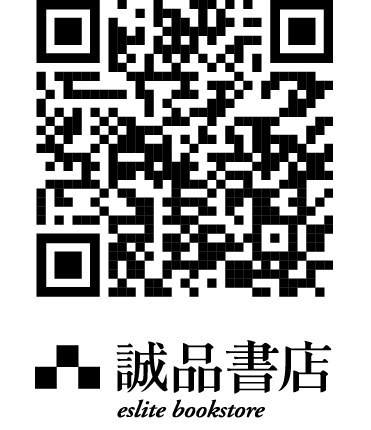In the preface Hsun Chiang wrote for the book:
Mountains and rivers encourage people to turn their backs on the city, and head towards nature. Along the Taipei River does the exact opposite. It wants people to face the city, observe the city, think about the city, reflect on the city, and, perhaps one day, create a city.
An ancient text once wrote of a prosperous time when “people with gray hair have not known war”. I am already someone who has gray hair, and I have been fortunate to see sixty years of prosperity in this city. I know that the river was mighty before I came, and will, of course, remain mighty when I am gone. The painting of Along the Taipei River will continue to go on.
Those with gray hair have gray memories. Maybe Xiang Yao-Jen’s Along the Taipei River is not only a collection of Taipei’s past memories. Surely, it is also waiting to see how the newcomers of this city would create their own prosperity in the city alongside the river.






